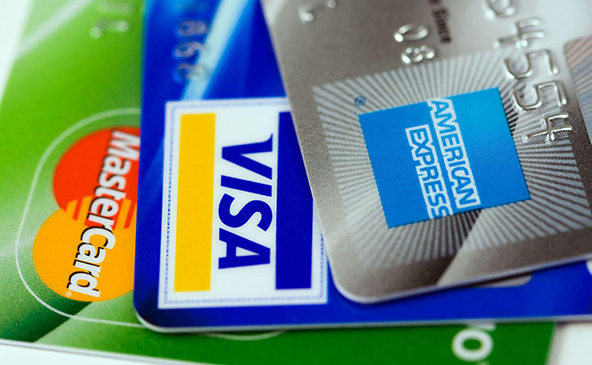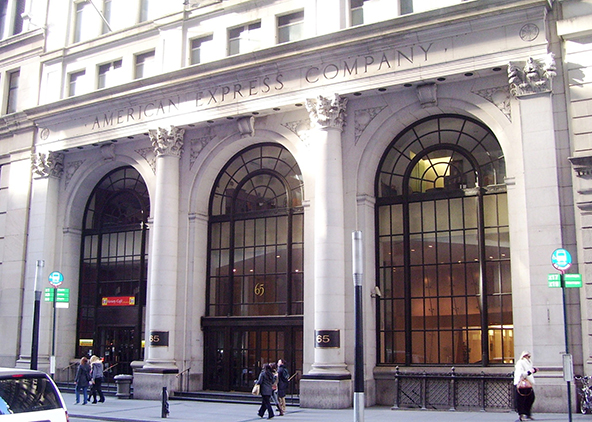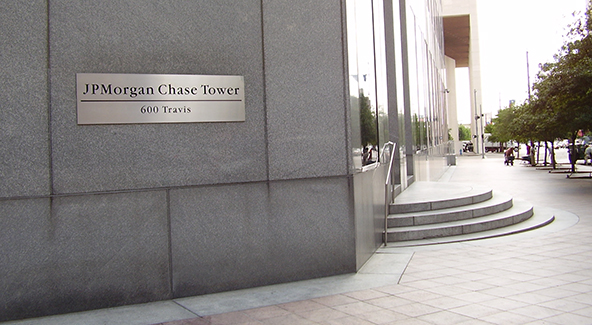2 Simple Ways to Prevent Credit Card Fraud

Credit card fraud is much easier to identify when payments are accepted face-to-face than it is in internet-based transactions. However, store-front merchants can only realize their advantage if they can identify suspicious transaction characteristics and know how to handle such situations.
Card-present fraud reasons. There are two main reasons for a merchant to suspect fraud in a card-present setting:
- The card is altered or counterfeit. Altered are cards on which the name, expiration date, account number, and / or the magnetic stripe have been changed in some way. Counterfeit are invalid cards that are fraudulently manufactured and bear a valid account number.
- The customer is not the authorized cardholder. The customer’s signature on the sales receipt must match the one on the back of the card. Otherwise, your customer is probably not the authorized user. You should ask for a driver’s license or another government-issued ID to verify your customer’s identity.
Code 10 call. If either the card or the customer makes you suspicious at any time during a transaction, you need to contact your authorization center and make a Code 10 call. Code 10 is an authorization request that alerts the card issuer to the suspicious activity — without alerting your customer. During the call you will be transferred to the card issuer’s special operator who will provide instructions on any necessary action.
When making a Code 10 transaction authorization request it is important that you remain calm, so that your customer does not get suspicious, and follow these simple steps:
- Keep the card in your possession.
- State to the representative who picks up the call “I have a Code 10 authorization request.”
- Answer the operator’s questions with a simple “yes” and “no.”
- Follow the card issuer representative’s instructions.
- If the operator asks you to retain the card, you should only do it if is safe to do so. If it is necessary to call the police, the operator will do it for you.
Unsigned cards. Industry regulations require that all cards are signed, before they can be accepted for payment. If you are presented with an unsigned card, you should do the following:
- Obtain transaction authorization the way you normally would.
- Ask your customer to provide an ID and confirm his or her identification.
- Ask that your customer signs the back of the card. If he or she refuses, do not complete the transaction.
Some consumers are lead to believe that writing “Ask for Photo ID” or something to that effect in the signature panel, instead of actually signing the card, reduces the risk of fraud. However, as far as your processing bank is concerned, or the card issuer for that matter, the card is unsigned and you should follow the procedures listed above.
Image credit: Kreditkibankov.ru.


